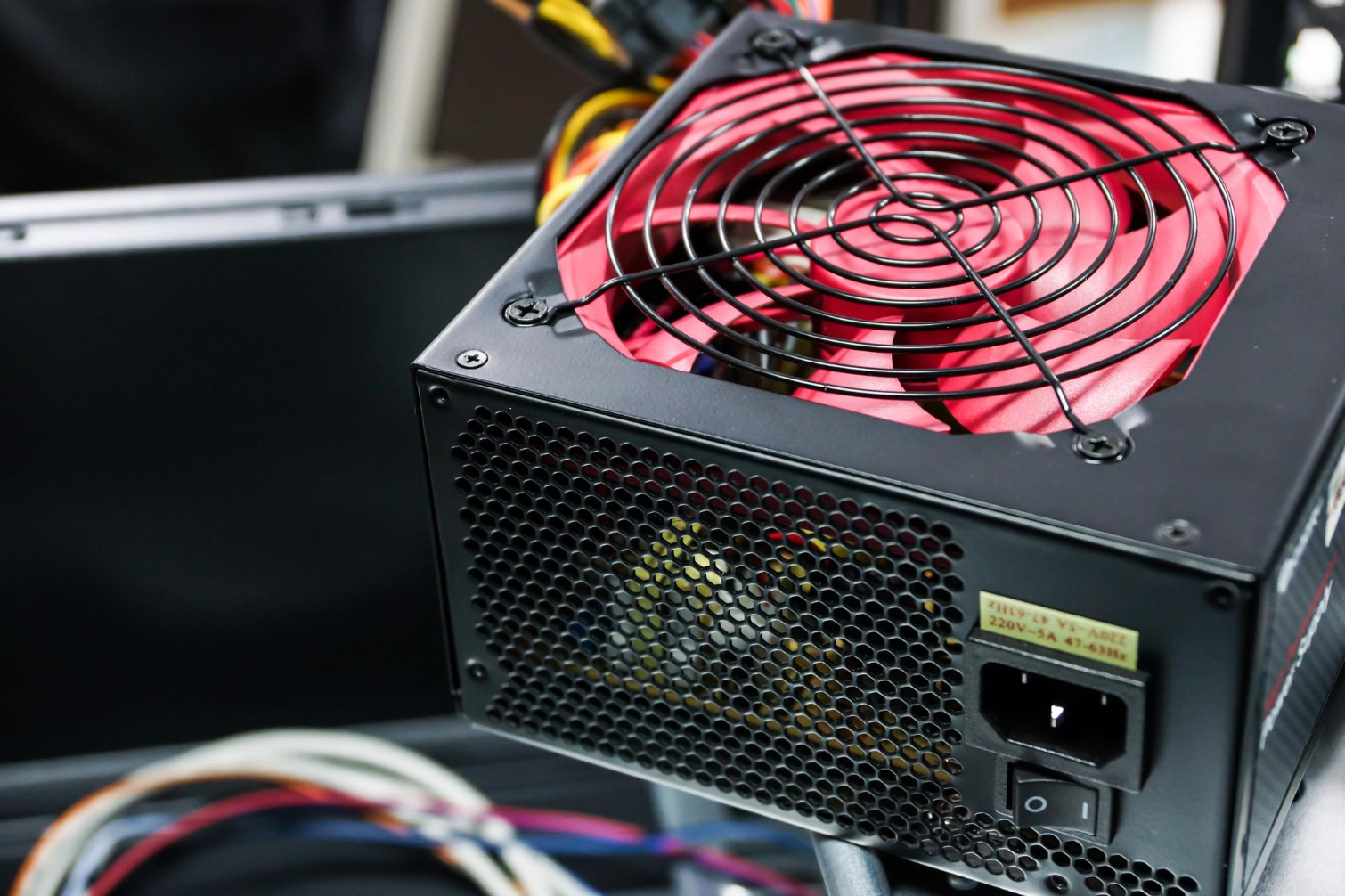What Is OCP? Power Supply Overcurrent Protection Explained
The power supply (PSU) is like the beating heart of your desktop PC, pumping out the power needed for each of your components to work. That’s why the best power supplies come with features to protect it and your system’s components from damage, such as overcurrent protection (OCP).
OCP is a feature that uses one or more circuits to prevent a power supply from delivering more current than its circuits and cables can handle. OCP is important because high currents can melt the PSU’s cables and connectors and damage the corresponding regulator circuits. When buying a power supply unit, you should make sure OCP is among its list of protection features and that it works well (we evaluate all protection features in our PSU reviews).
How Does OCP Work? Multi-Rail vs. Single-Rail
Think of your home’s circuit breaker. The main panel has fuses that provide protection by not allowing the cables that go to each wall socket to handle more amps than what that they were designed for. The same goes for OCP. OCP both protects your PSU’s regulating circuits (+12V, 5V, 3.3V and 5VSB) and makes sure that the connectors and cables don’t melt under extreme loads.
For single +12V rail PSUs, it’s particularly important that other PSU protection features--namely overpower protection (OPP), undervoltage protection (UVP) and short circuit protection (SCP)--are working well in addition to OCP. For example, if a very high load is applied to a single connector, SCP or UVP will turn off the PSU.
Often, +12V multi-rail PSUs use one rail for sending power to things like the motherboard, CPU, SATA ports and Molex connector (which carries DC power to a PC’s drives), while power for PCIe-connected hardware uses other rails. Multi +12V rail PSUs are generally thought to be safer. But don’t count single +12V rail PSUs out yet. For optimal performance, vendors of multi +12V rail PSUs have to properly set the OCP limits on the +12V rails. On top of that, the installation process can be tricky for first-timers, since these PSUs require close attention to how the wires/connectors are connected to energy-hungry components.
Another advantage single +12V rails has is when considering high overclocks, where some GPUs can create power spikes that can trigger OCP at some +12V rails.
OCP vs. OPP/OLP
OCP is not to be confused with overpower protection (OPP), also known as overload protection (OLP). OPP is another protection feature PSUs use and basically turns off the power supply if it’s pulling more power than its maximum rated wattage.
Get Tom's Hardware's best news and in-depth reviews, straight to your inbox.
A power supply can boast both OCP and OPP and use both features simultaneously.
This article is part of the Tom's Hardware Glossary.
Further reading:

Scharon Harding has over a decade of experience reporting on technology with a special affinity for gaming peripherals (especially monitors), laptops, and virtual reality. Previously, she covered business technology, including hardware, software, cyber security, cloud, and other IT happenings, at Channelnomics, with bylines at CRN UK.
